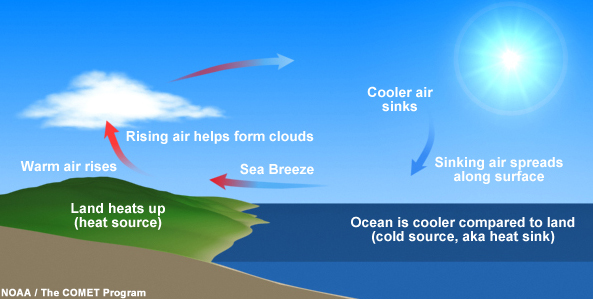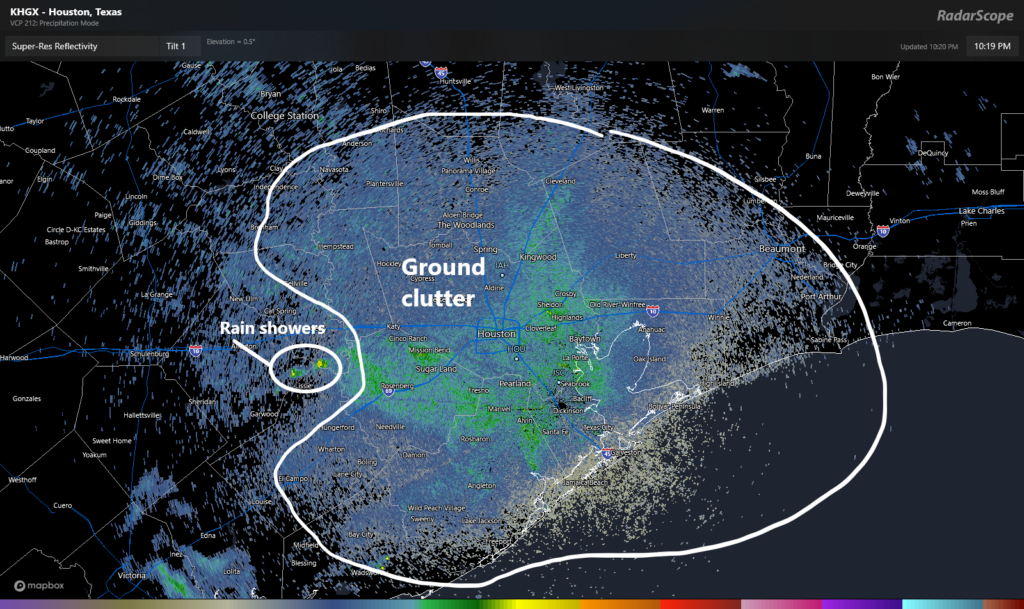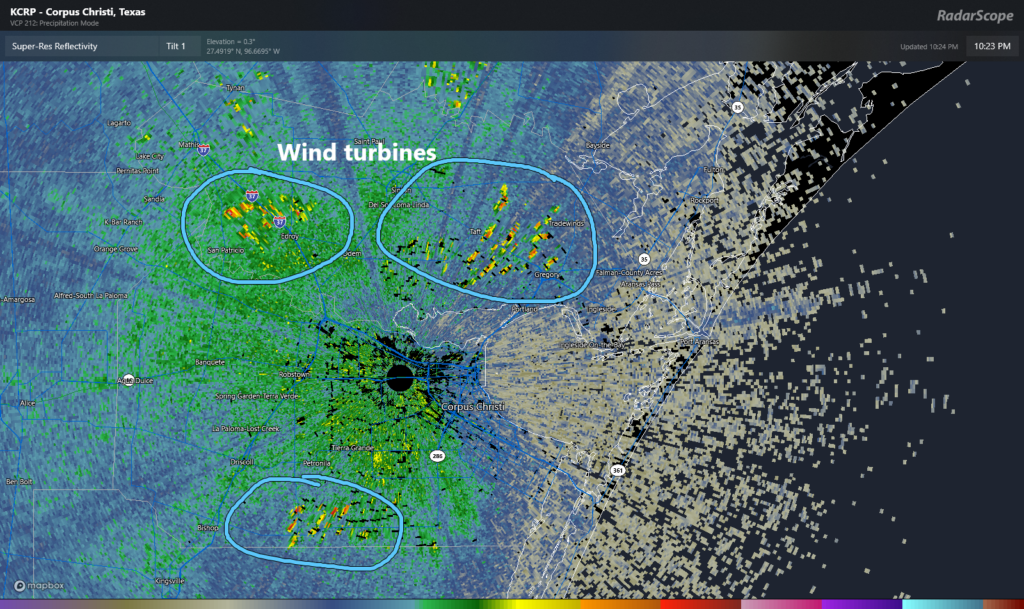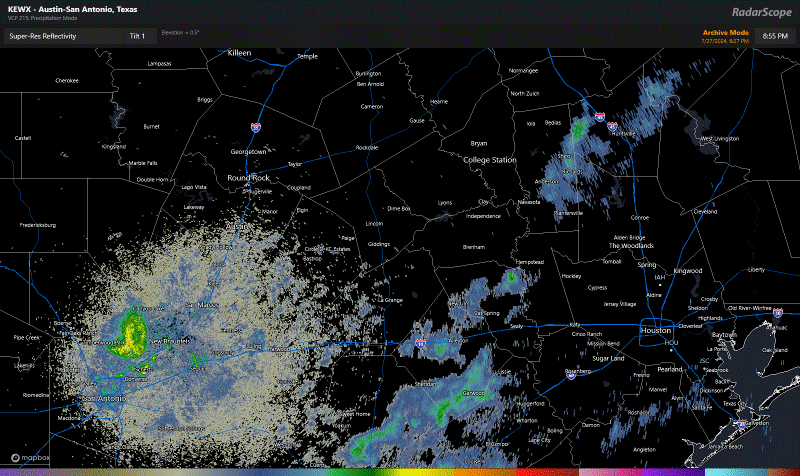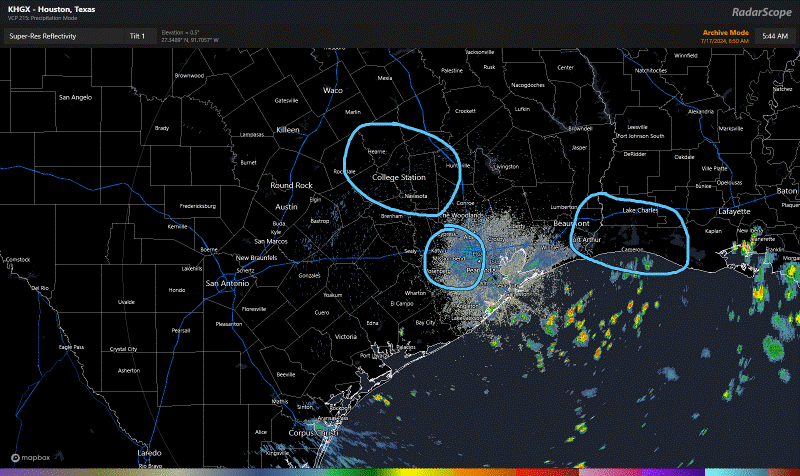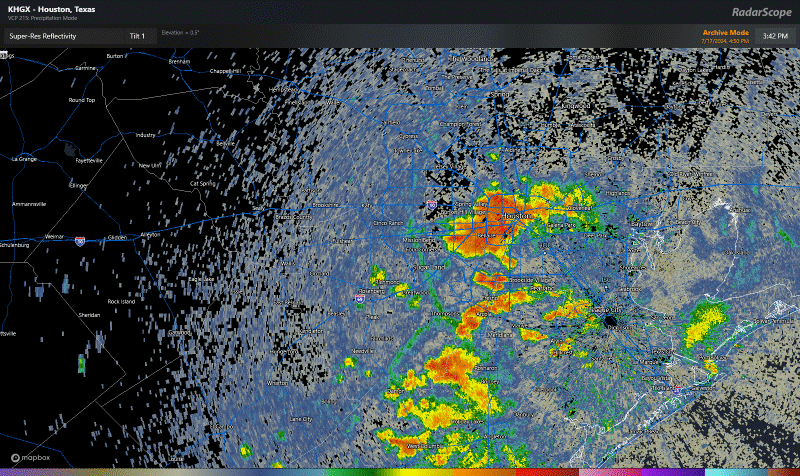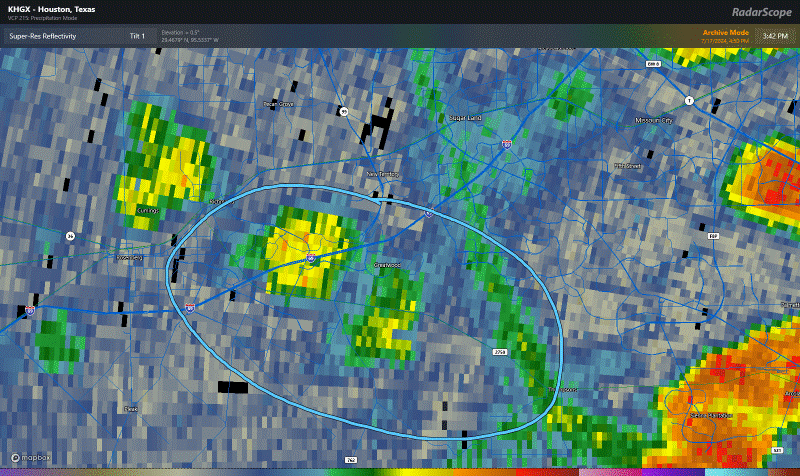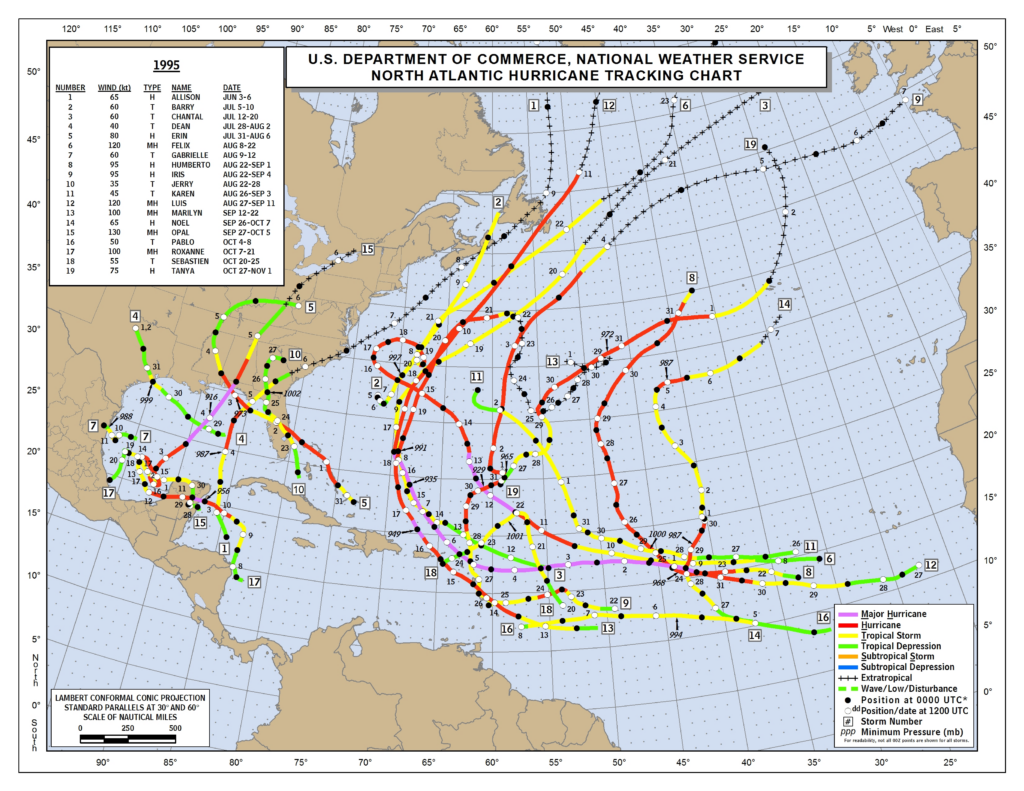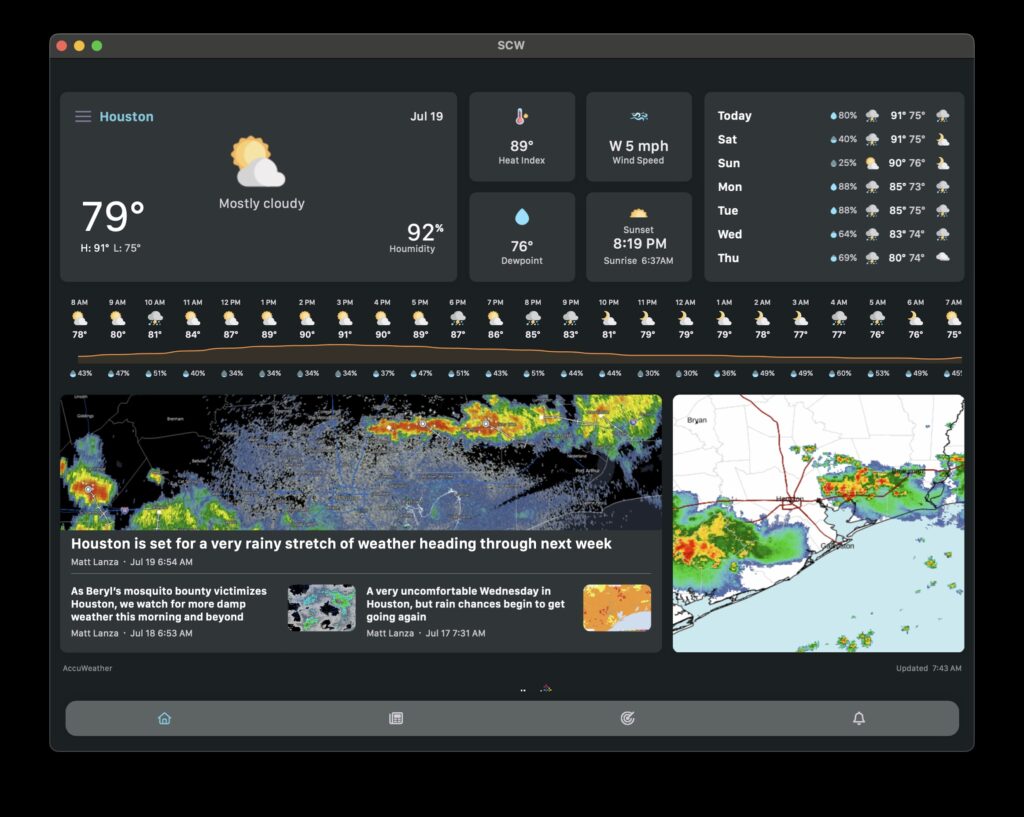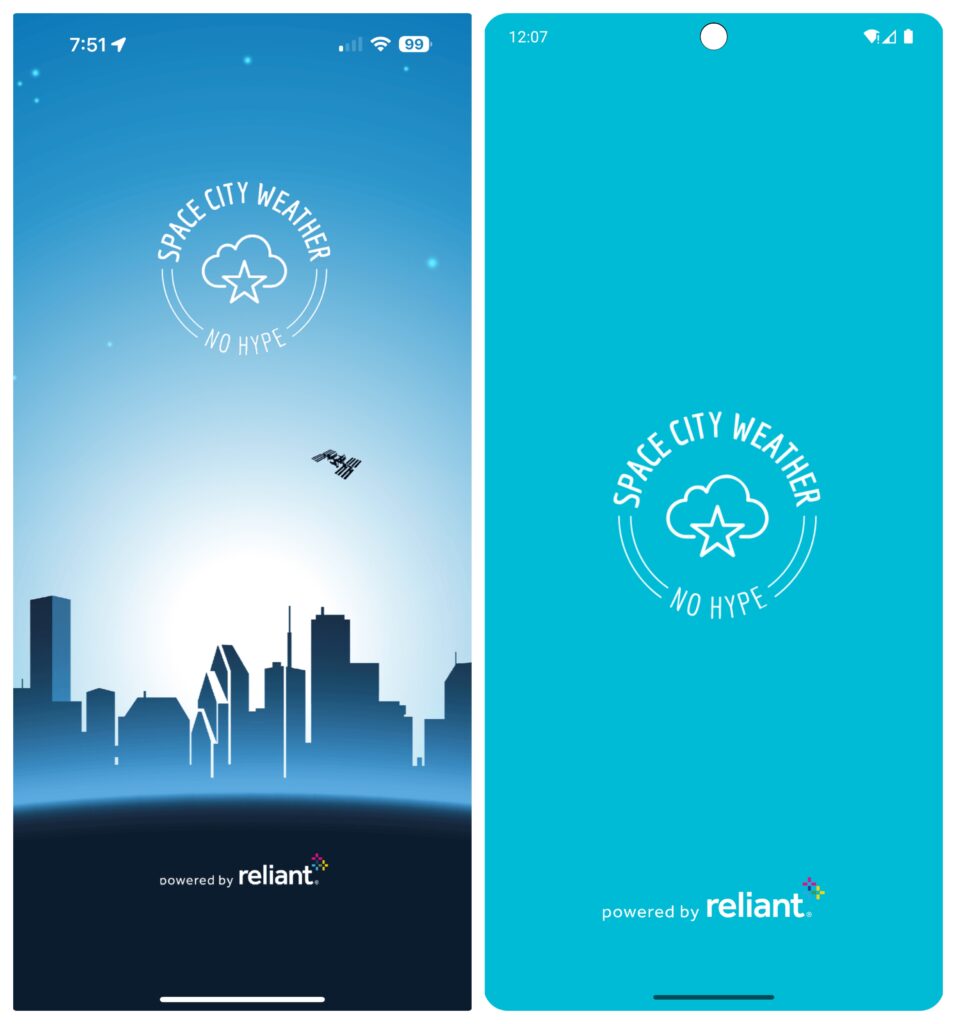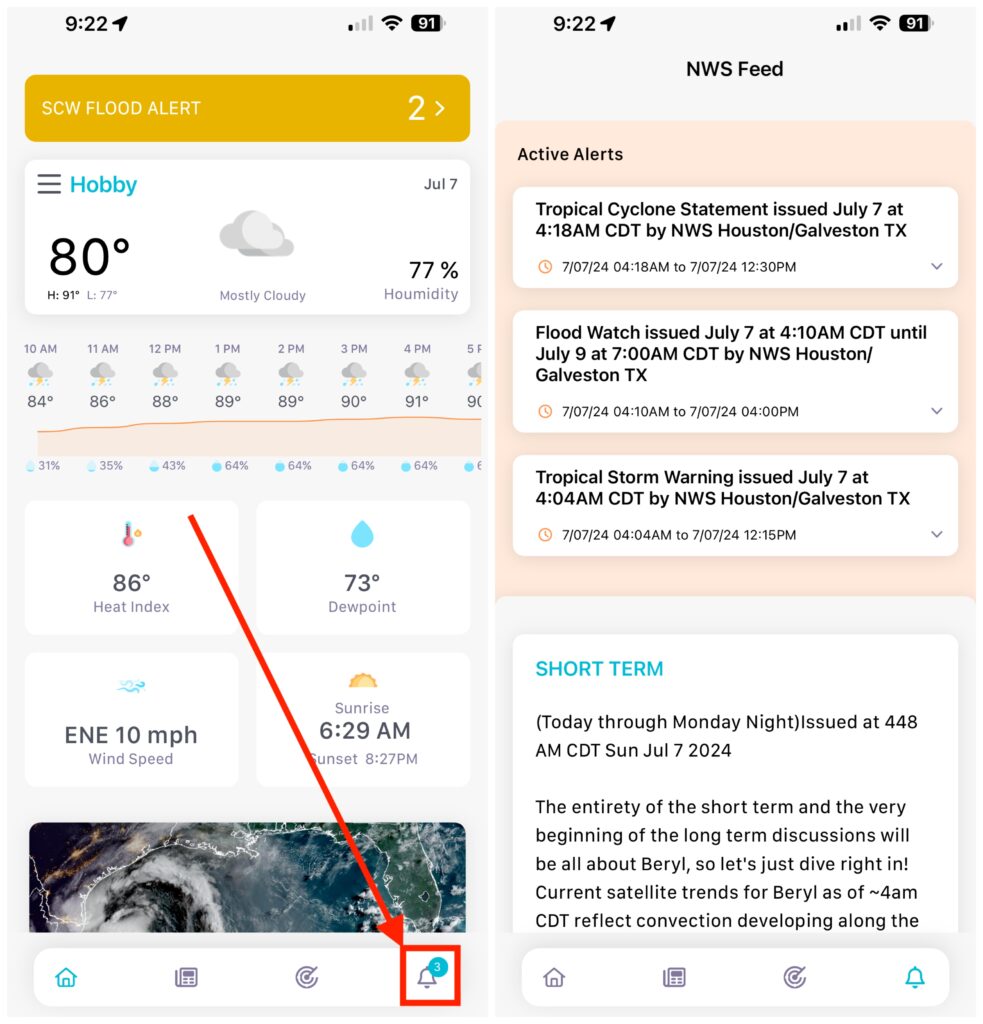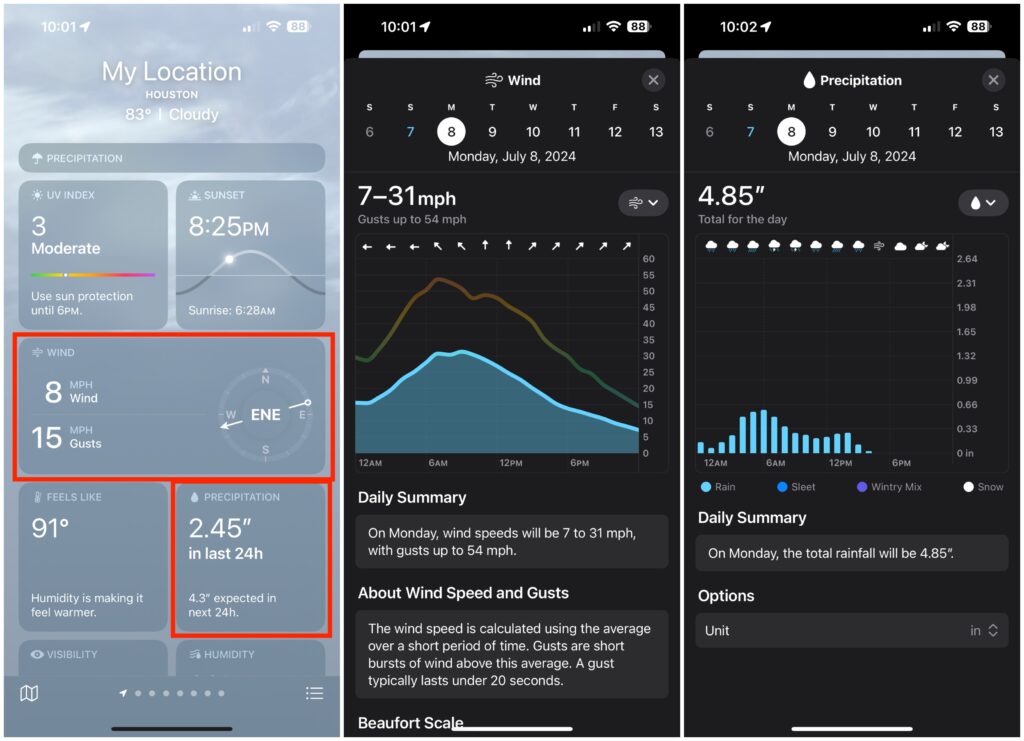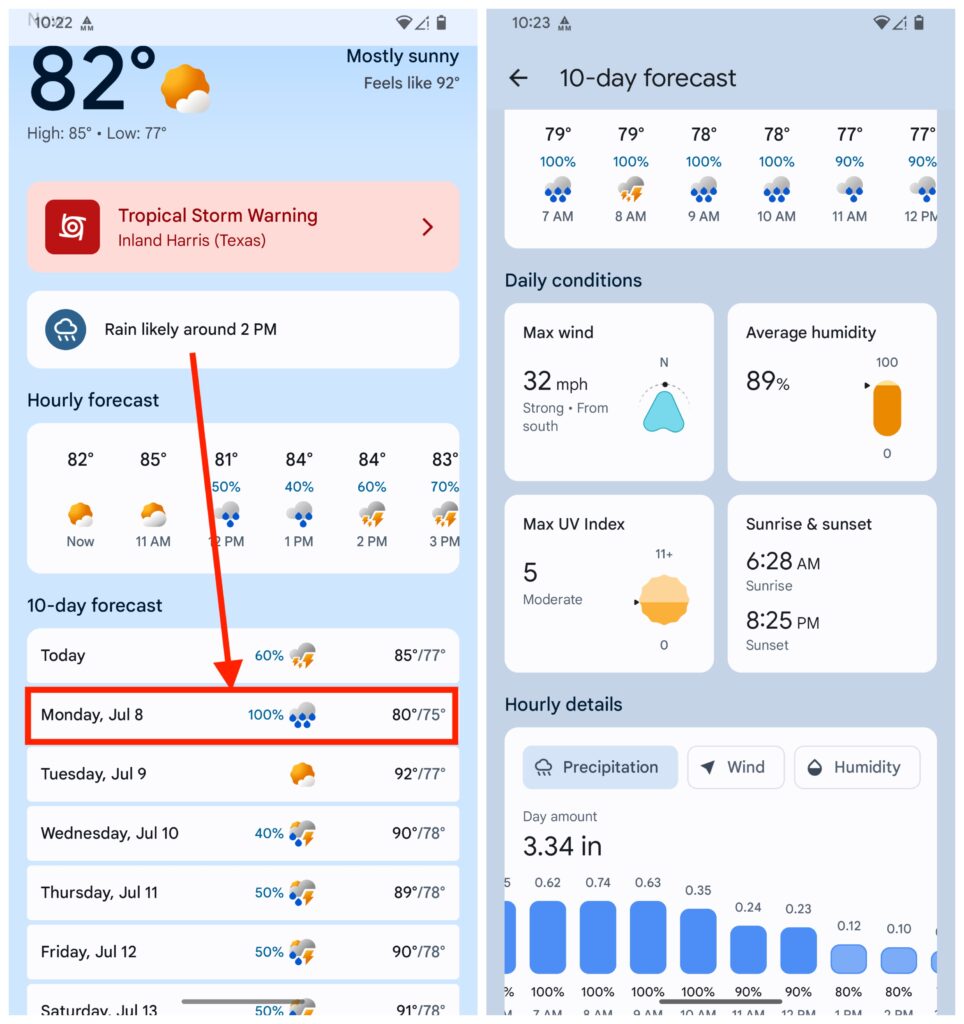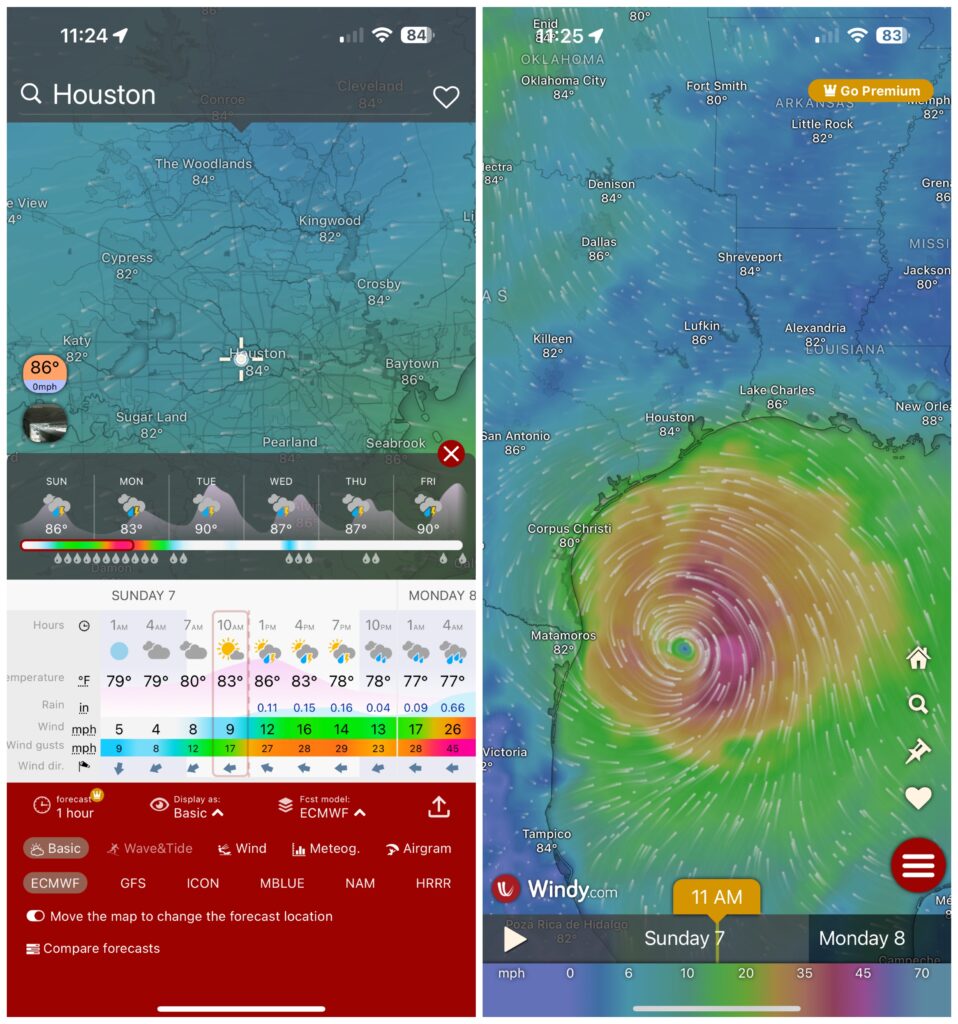In the September Q&A, even though we think Texas’ hurricane season is in our rear-view mirror, many of the queries we tackle this month are hurricane related. Oh, except for the one about humidity and swimming pool water!
Got questions you’d like us to consider for next month? Reply in the comments below, or use the Contact link on the blog’s home page.
Q, As I get older, and having been through Ike and Beryl in Pearland, I’m becoming much less willing to endure another major storm so close to the coast. If a Cat 4 or 5 were to hit somewhere near Freeport or Galveston, would living somewhere like Magnolia or Katy really offer much more protection than Pearland? After Beryl, we drove to Dallas and saw downed trees all the way through Madisonville, about halfway there.
A. You know, I had similar thoughts as we rode out Beryl in League City. It was an unpleasant experience. (Personal note: I’m very much not a storm chaser. I appreciate the video and images they capture, but I like my storms far away, thank you). I used to think that I would stay in place for a Category 1 or Category 2 hurricane, but with the wildly swaying trees during Beryl, I’m not sure any more.
As for what you’ve asked, there is no question that Magnolia (especially) or Katy would on average be less susceptible to impacts from wind than areas closer to the coast, including Pearland. However, much depends on the strength of the hurricane, the angle at which it strikes the coast, and the speed at which it moves inland. Let’s look at a reasonably good wind gust forecast for Beryl:

This is not exactly what happened, but it’s pretty close, and it is illustrative of what I want to talk about. Specifically, note how important the track, and proximity to the core, is for the strongest winds. Whereas some areas of Galveston County near the water experienced gusts well below that of hurricane force, areas north of Montgomery County, including San Jacinto County, were vulnerable to hurricane force gusts. This is more than 100 miles from the coast.
The bottom line here is that there are a lot of variables. In general, however, the further you live from the coast, the lower the odds that you’ll experience significant wind damage from a hurricane. But that doesn’t mean the odds are zero.
– Eric
Q: (Are) there any historical trends or data to predict a ‘strong’ winter weather (e.g. extremely cold) based upon the low hurricane season activity relevant to Houston? As well as broader US implications? Given our weather patterns are tied together, highs dragging hurricanes and lows pushing them.
A: So the simple answer is no, there is no consistent way to use hurricane season as a gauge for the upcoming winter. We also hear a lot of people say “Well we had a hurricane, so we’re getting snow this winter!” Back in 2021, I wrote a section in our winter outlook, specifically for Houston that showed, historically, a hurricane strike on Houston doesn’t mean anything really and that the odds of snow in a normal winter were pretty much identical to the odds of snow in a post-hurricane winter.
But in a broader sense, a weather company (WDT, which I believe is now part of DTN) published a post a few years back to correlate Accumulated Cyclone Energy (ACE) to winter temps, which found nearly no correlation. The atmosphere is complicated and singular weather events like hurricanes, whether frequent or infrequent are unlikely to have an appreciable impact on an entire season’s worth of weather 3-4 months later.
I will say, there has been some work done to try to quantify this at a hemispheric scale, and there have been some results. A professor at Florida State has done good work on this. So I think there may be something we will eventually be able to gather from all this, but it’s unlikely to be due to one ocean basin’s activity.
– Matt
Q. Love your content. I’m curious, the models you cite [during hurricane coverage] sound like the same ones we’ve been using. Are AI models in development? I wonder if we can dump them all into AI and see what it thinks…
A1. This is the first year that we’ve really begun to use AI models as tools for hurricane forecasting. (If you’re curious how they work, compared to traditional physics-based models, I wrote a longer article here). We’re going to need to get to the end of the hurricane season to know precisely how well they worked. At that point there will be some comprehensive studies done to calculate how well AI-based models handled hurricane tracks in comparison to physics-based models. But my sense is that, for a new product, they’re surprisingly useful. They’re another tool in the arsenal that we look at every day. Matt may have some thoughts about this as well.
– Eric
A2: I will add that specifically for this year’s Gulf storms, the European AI model (the AIFS) has done astoundingly well. It has locked in early on and has tended to front-run the other model guidance in the right direction. In my day to day with it, I have also found it to occasionally have some skill in snuffing out risks to the forecast, such as a cooldown in mid-summer. Perfect? No. Useful? I believe so. The AI suite will get a good test this winter of how reliable they are at picking out cold snaps or snowstorm risks in the Midwest/Northeast. But they are firmly in my toolkit daily now. –
–Matt
Q: This may have an obvious, easy answer but why am I constantly filling up the pool in the hot HUMID summer? I would figure dry air would sop up pool water (moisture) quickly but not so much air already saturated with water.
A: This is an interesting question, and your assumption is correct: More humid air tends to reduce evaporation of water in a pool. So the question then becomes, what’s going on?
One possible reason could be exposure to sun. If it’s in a lot of sun with limited tree coverage, even in high humidity, you’ll still deal with evaporation. Another possible explanation could be the very dry stretch we went through in August. The spigot shut off for an extended time, which probably didn’t help. Beyond those two explanations, there may be something else afoot! Probably something to monitor for pool maintenance folks, just in case!
–Matt
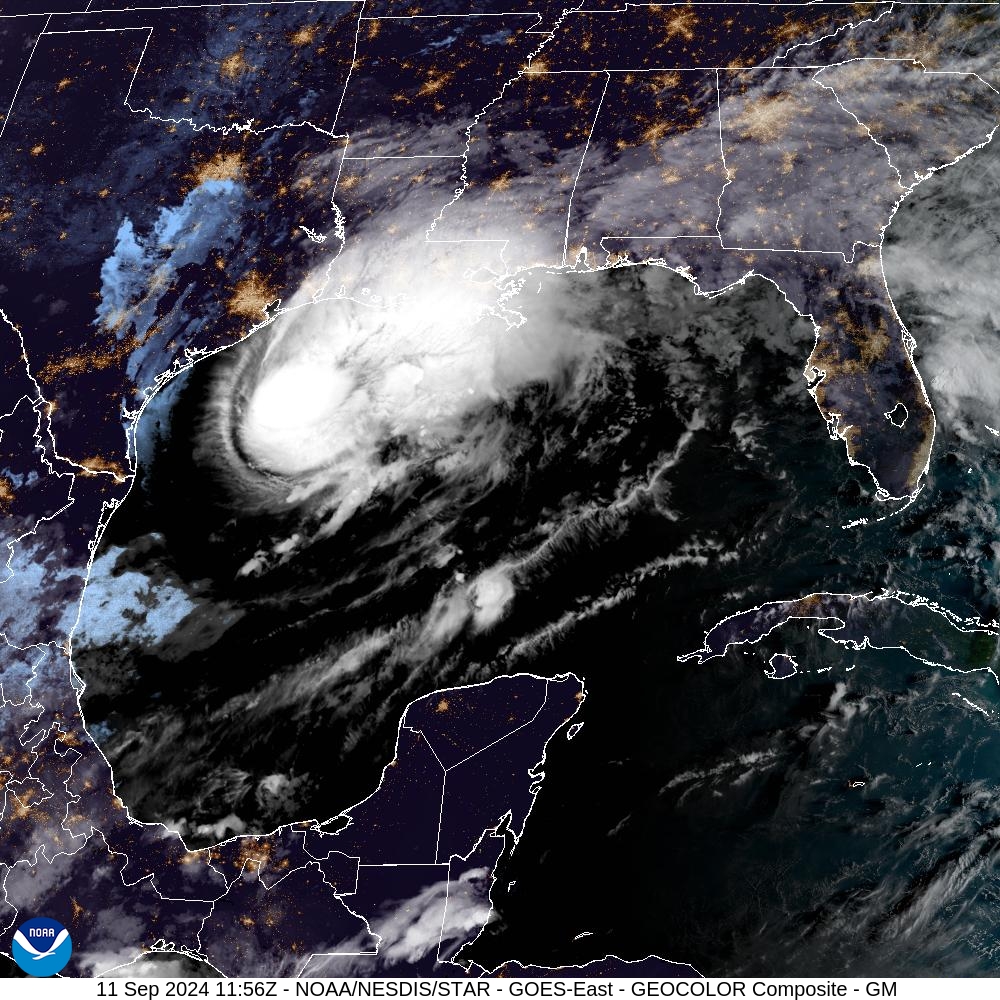
Q. I’ve noticed that many major hurricanes in the Gulf of Mexico during September and October tend to impact Louisiana and Florida more than Texas. I’m curious about the reasons behind this pattern. For example, does it have anything to do with the position of the Bermuda High or seasonal changes in weather patterns? Additionally, is it common for hurricanes to stop hitting Texas after mid-September, or are there historical exceptions?
A. I noticed this phenomenon nearly 20 years ago, and did a little research to figure out that after the date of September 24 the historical odds of a hurricane striking the state of Texas are about 1-in-50. So every year, around this date, I write something to the extent that the Texas hurricane season is pretty much over. (Here’s this year’s post). At some point I’ll probably be embarrassingly wrong about this, but generally, if we get to September 24 and things look quiet, it’s a fairly safe bet that we’re done with the threat of hurricanes. And I am talking about hurricanes—the odds of a tropical storm or depression are higher.
There are sound reasons why this is. Generally, as we get toward the end of September, the upper air pattern starts to change as the jet stream begins to move southward. This provides a generally eastward steering flow that we don’t see in August or earlier in September. A good indicator of this is when we start to get our first cool fronts (we’ve already had two this month). The big risk here, of course, is that the Caribbean Sea and Gulf of Mexico are still plenty warm in October to support hurricanes, so the threat is there. It’s just that, meteorologically speaking, it’s difficult for these storms to track westward into Texas. That’s not a taunt, mind you.
–Eric


